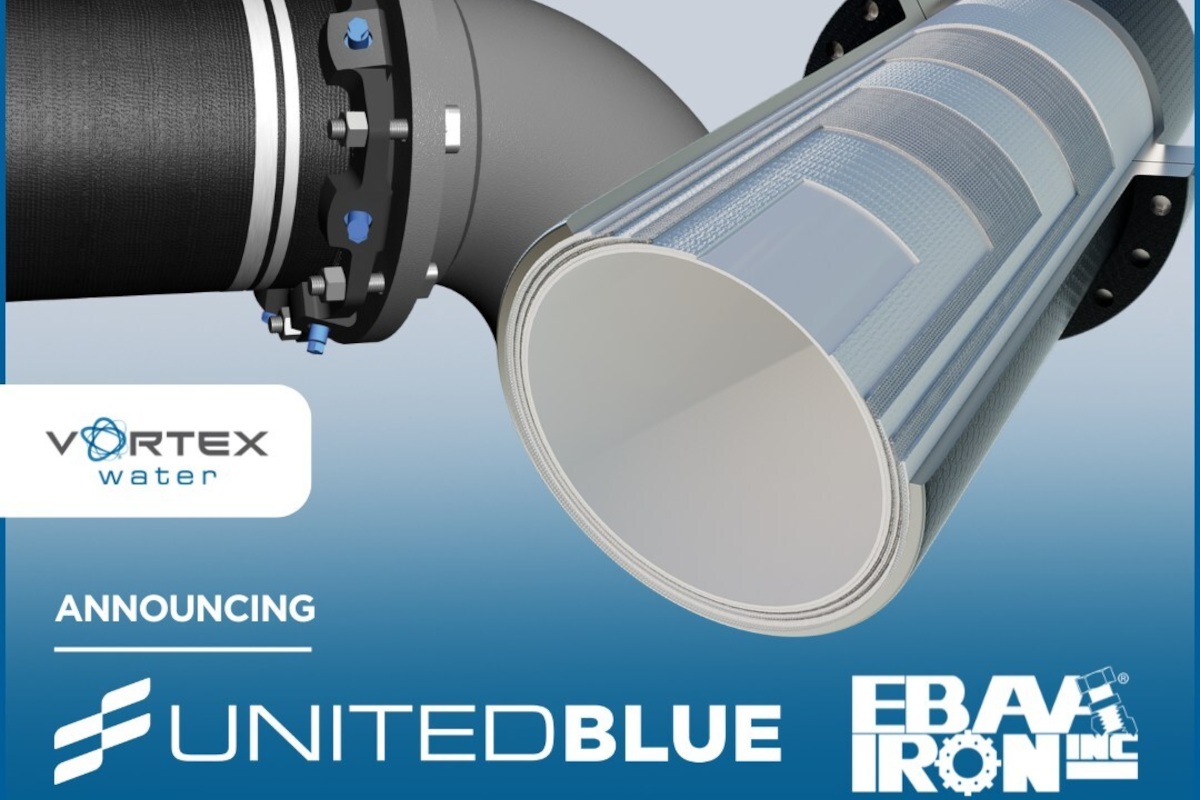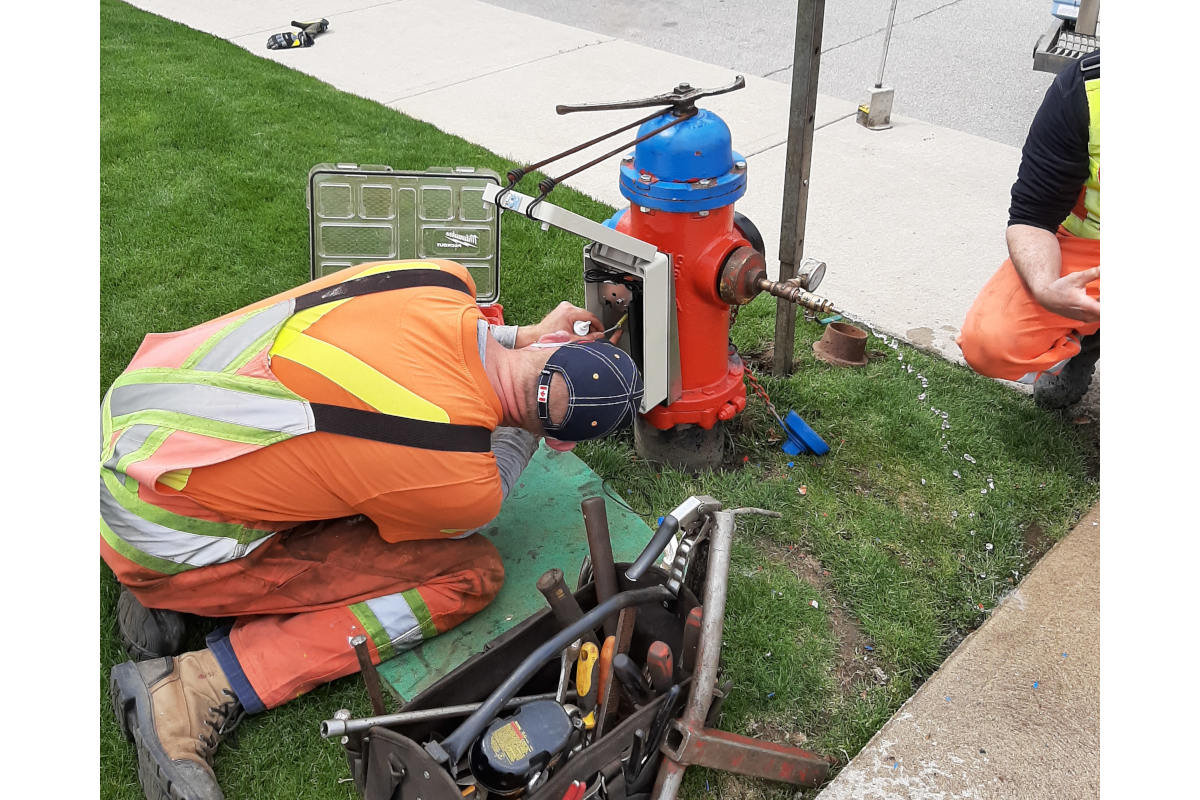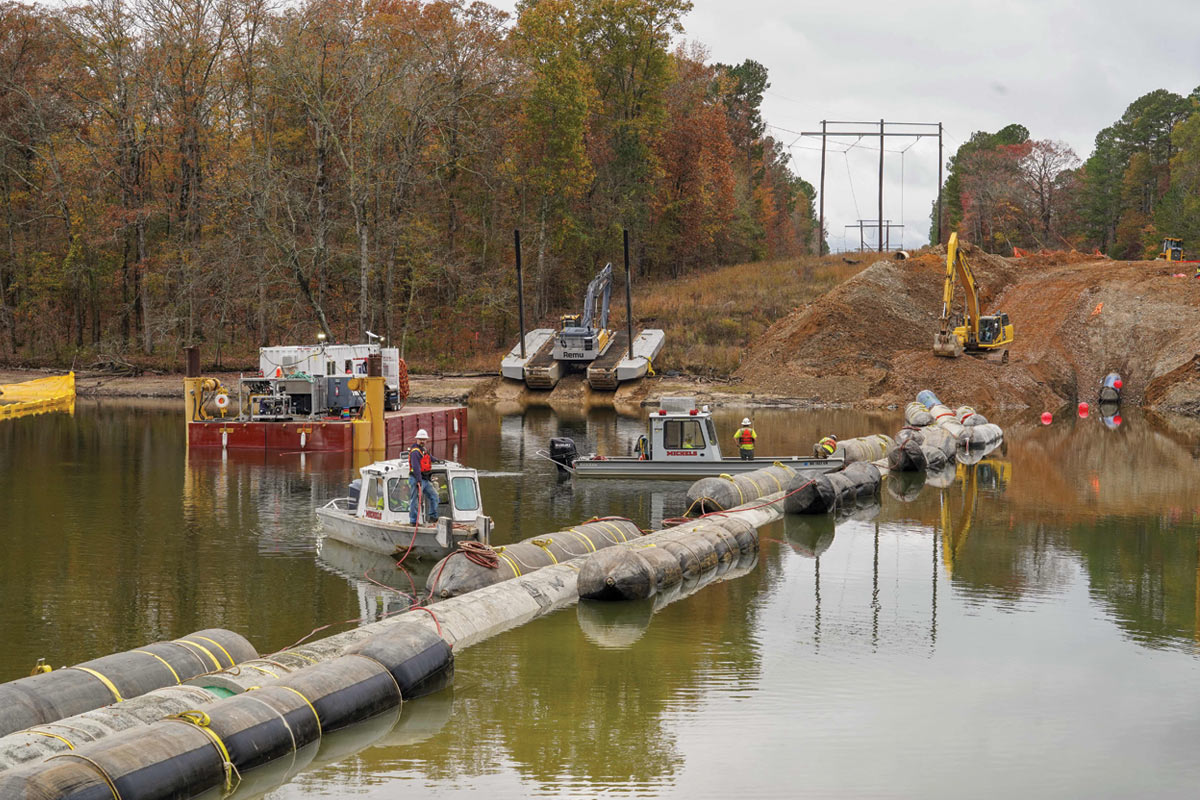
Robots and ROI — Return on Inspection Yields a $17 Million Savings
Robots helping humans isn’t just a dream of science fiction.
Today, it’s a reality for forward-thinking innovators throughout the United States. In the City of Arlington, Texas, that means sending robotic technology underground to give city engineers and planners a detailed, never-before-possible look at the City’s vital sanitary sewer infrastructure.
The technology consortium including the City of Arlington, Texas, the University of Texas at Arlington (UTA) along with private partnerships including Redzone Robotics, IBM and others has a spawned a new approach for innovative methods using advanced pipeline assessment technology to help cities better manage and understand their underground infrastructure with actionable data.

Arlington’s Large Diameter Sanitary Sewer Assessment Program opens a cost-effective, efficient, and innovative solution to sanitary sewer main repair and maintenance using advanced pipeline robotics and inspection techniques.
The Large Diameter Sanitary Sewer Assessment Program is a unique partnership between Arlington Water Utilities and The University of Texas at Arlington that used a RedZone Robotics multi-sensor robot to inspect all 48 miles of the City’s sanitary large diameter sewer mains, some as big as 6 ft in diameter. Arlington was the first community in the United States to complete an advanced Multi-Sensor Inspection (MSI) city-wide large diameter sewer main assessment using in-house resources. The RedZone Robotic robot, called an MSI HD Profiler, gathers information about pipe fractures, wall thinning, debris deposits, and root intrusions with a high definition camera, lasers and sonar. Then, University students and professors use that data to deliver actionable reports.
The millions of dollars in avoided costs already being achieved though targeted main replacement allows Arlington to manage its resources more effectively. This success improves the flow of the city’s sanitary sewer system and encourages the flow of new ideas. The Large Diameter Sanitary Sewer Assessment Program has already generated one spin-off company, and it is certain to inspire others public agencies in Texas and throughout the United States.

RELATED: A Look Back at Trenchless Industry Acquisitions in 2018
Some of Arlington’s large diameter sanitary sewer mains are up to 60 years old. No matter how well records are kept, some information is lost over the years. Through this program, GIS data and hydraulic models of the sanitary sewer collection system were updated to reflect actual conditions, helping Arlington Water better serve the public. By using Arlington Water staff to conduct these inspections, the partnership is utilizing people who have a long-term interest in a functioning system. They gain deeper insights that fuel the discovery of possible problem areas.
This project also has been valuable in helping tomorrow’s engineers at UT Arlington learn about how structures behave many years after they were designed. This experience will help them to have a better understanding of what it means to design for maintainability, longevity, and the uncertain conditions that many designs encounter after construction.
The Large Diameter Sanitary Sewer Assessment Program is already helping Arlington residents avoid spending millions of dollars on unnecessary projects. For example, in 2015, a 66-in. main that carries sanitary sewer for about half of Arlington failed. Repairs were made to bring the main back into service. Afterward, replacing 18,332 ft of 66 and 60-in. main of similar age and construction to the section that failed was being considered. In the past, engineers may have decided to just replace the entire section to avoid future breaks. However, the robotic inspection showed that only 1,000 ft of the main, or 5.5 percent, had significant corrosion and needed replacing. The estimated cost avoidance achieved was $17 million.
“The actionable data allowed the city to identify with confidence the pipe segments that truly needed replacement. The savings derived from avoiding replacement of pipe which still had significant useful life and by reducing unscheduled failures has allowed Arlington to properly prioritize replacement of wastewater piping and reallocate the avoided cost to water line replacement,” said Walter “Buzz” Pishkur, City of Arlington director of public utilities emeritus. “This technology has been a key factor in the reduction of non-revenue water from 13 percent to 6.5 percent over the past five years and Arlington being a low-cost provider of water and wastewater service in its metropolitan area.”
RELATED: Laser Technologies: Taking the Guesswork Out of Pipeline Condition Assessment
By preventing unnecessary replacements and costly repairs, the Large Diameter Sanitary Sewer Assessment Program allows Arlington to manage its resources more effectively and save City funds for other vital infrastructure improvements. Reducing controllable expenses has allowed Arlington to keep water rates low for customers. Using 5,000 gallons of water in Arlington costs a residential user about $22.71 on average. That cost is 40 percent less than the state average, according to a recent study by the Texas Municipal League.
The partnership between UT Arlington and Arlington Water Utilities allowed City engineers to work in constant collaboration with University students and professors to make sure the College of Engineering is delivering the most useful information. According to one Arlington Water engineer, working with the College of Engineering so closely resulted in a highly valuable level of customization that exceeded all expectations. “We got exactly what we wanted because we were able to tell them exactly what we wanted,” he said.
Arlington’s Large Diameter Sanitary Sewer Assessment Program opens a cost-effective, efficient, and innovative solution to sanitary sewer main repair and maintenance using advanced pipeline robotics and inspection techniques. This project is one of the many ways that Arlington seeks to develop spaces where technology and collaboration can be put to work for the benefit of its residents.





